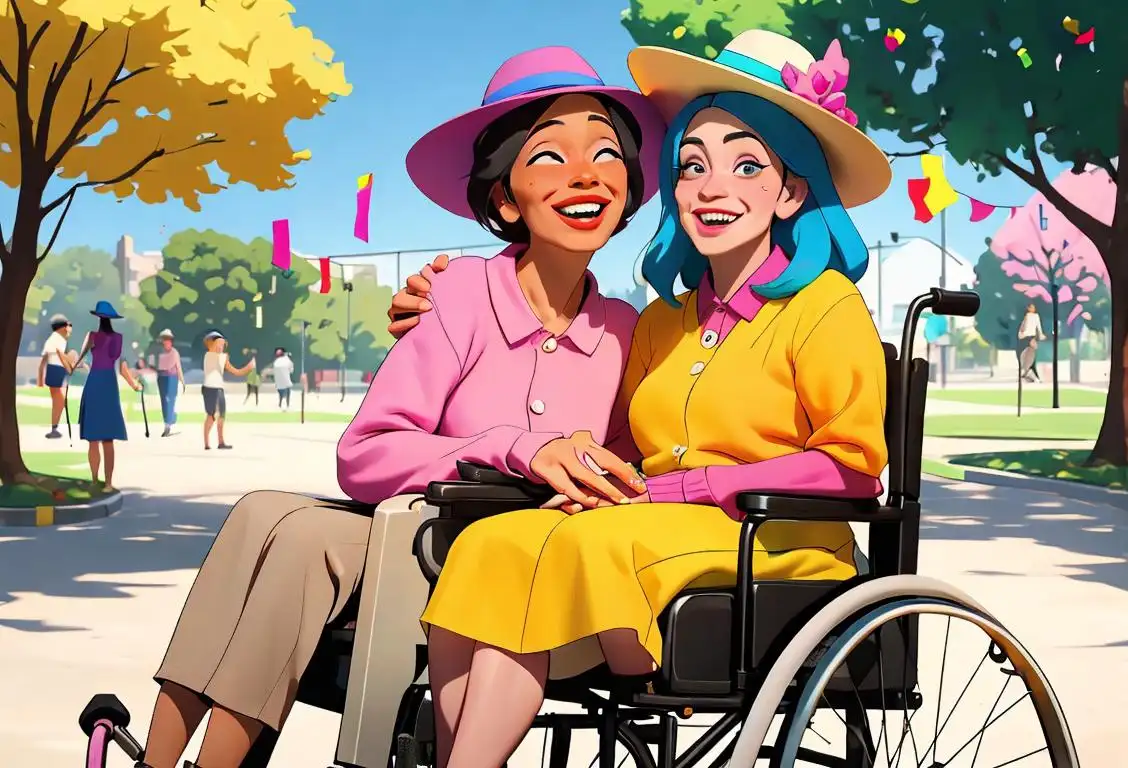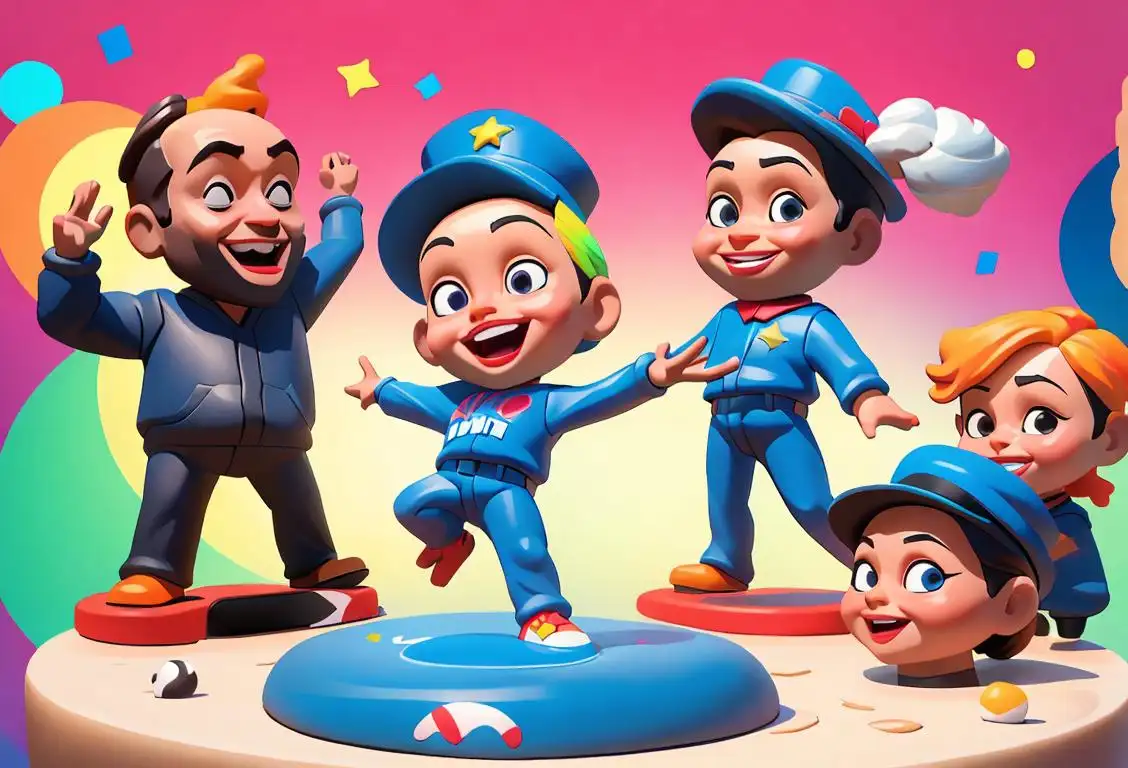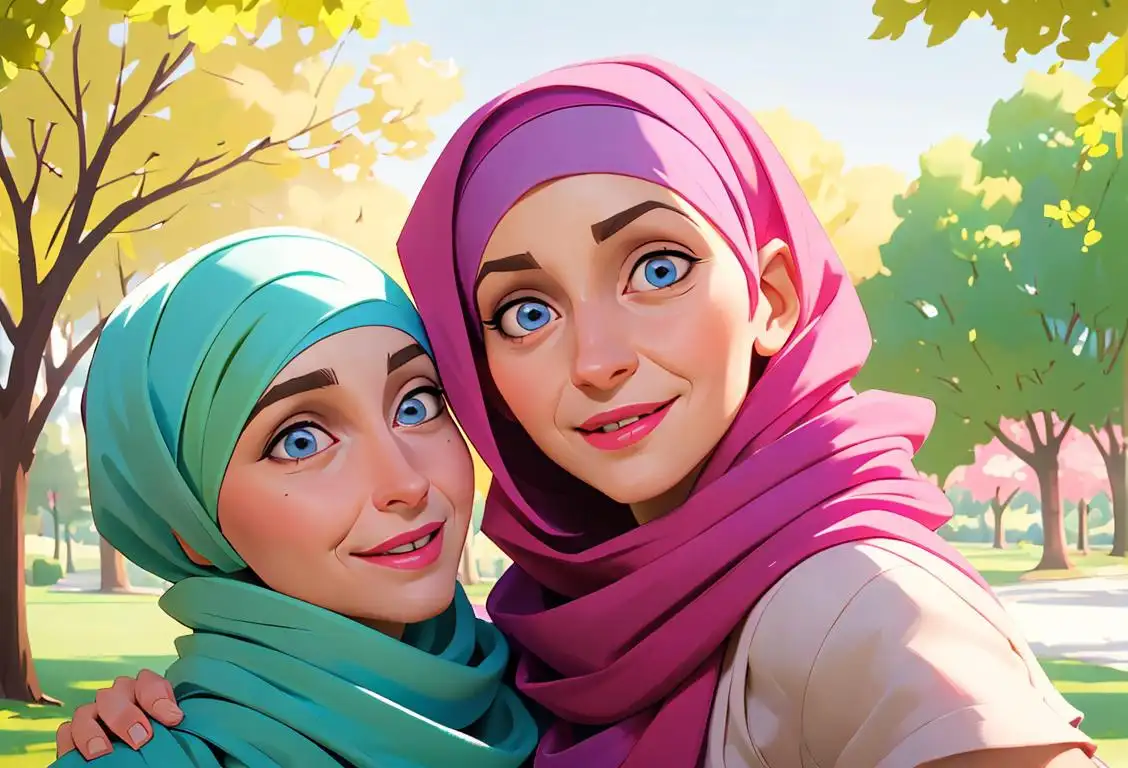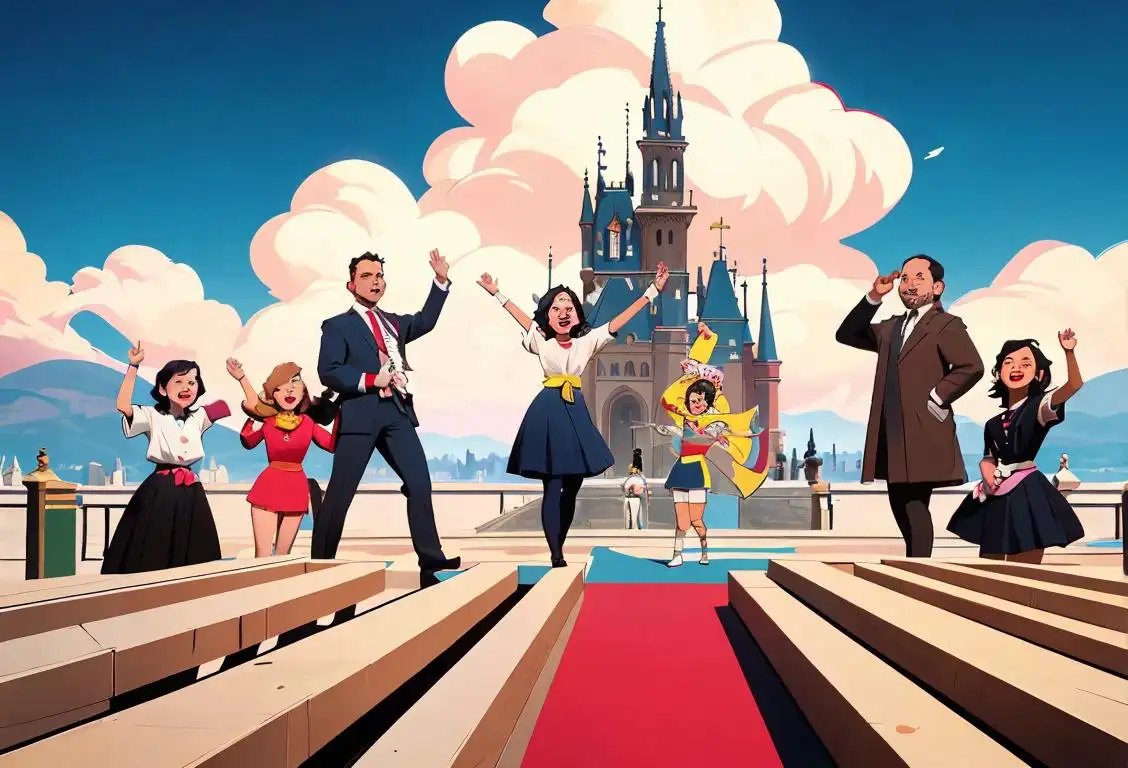National Cheerleading Day

Alright everyone, cheer up! No pun intended, but I mean it because today we're talking about National Cheerleading Day! It's full of high jumps, spirit fingers, and most important of all, smiles. So let us dive into today's topic without tripping over our pom-poms, shall we?
When is Cheerleading Day?
It's national cheerleading day on the 14th September.
A Chirpy History
Once known as the 'activity of yelling', cheerleading took a U-turn from its humble beginnings to become a mainstream sport. National Cheerleading Day has quite a buzz on the internet, with 250 online mentions detected. The day has rumbled and tumbled its way through attention, peaking on 14th September 2016, when the online mentions were sky high, similar to those daring cheerleading jumps!
Hip Hip Hurray!
Initiated by the folks at cheerleading originator, the University of Minnesota in the USA, the concept of a National Day was executed to appreciate the peppy, high-energy and fun-filled sport. It spotlights those energetic chants and daring acrobatics that leave the audiences enthralled every time. Rejoicing on this vibrant day, cheerleaders from across the globe celebrate their sport through various exceptional performances and events.
A Celebration to Remember
Communities seize the opportunity on this day to pay tribute to their cheerleading squads, lauding their spirit, passion, and dedication. It's certainly not all about splits, backflips, and chants, it's about controlling their fears, boosting morale, and depicting smiles even under immense stress. As you've now seen, National Cheerleading Day isn’t just about cheerleaders, but it's a day for everyone to absorb and spread out their energy into the universe.
History behind the term 'Cheerleading'
1884
The Birth of Cheerleading
Cheerleading as we know it today has its roots in the late 19th century. In 1884, the University of Minnesota organized the first ever cheerleading squad, known as the 'yell leaders'. These enthusiastic group of students took to the sidelines to lead chants and encourage the spectators to support their team, setting the foundation for a new form of athletic support.
1898
Crowd Organization and the First Female Cheerleader
In 1898, Princeton University introduced organized crowd participation during football games. Thomas Peebles, a Princeton graduate, is credited with creating a system where students were divided into sections, each responsible for leading cheers for their team. The introduction of organized crowd participation at Princeton also saw the first female cheerleader in history, when a young woman named Johnny Campbell took part in leading the chants.
1923
Formation of National Cheerleaders Association
In 1923, the National Cheerleaders Association (NCA) was formed in the United States. The NCA played a crucial role in formalizing and standardizing cheerleading. They developed rules, regulations, and safety guidelines for cheerleading squads across the nation, shaping cheerleading into an organized and recognized activity within the athletic community.
1948
College Cheerleading Takes Center Stage
In 1948, a landmark moment for college cheerleading occurred when Lawrence Herkimer founded the National Cheerleaders Association Summer Camp in Huntsville, Texas. This camp served as a training ground for college cheerleaders, providing them with the skills and techniques needed to elevate their performances. Herkimer's efforts elevated cheerleading to a new level of athleticism and showmanship.
1972
Title IX and the Rise of Competitive Cheerleading
Title IX, a federal law in the United States, was passed in 1972. This law prohibited gender discrimination in educational programs, including sports. As a result, cheerleading began to evolve beyond its supporting role and gained recognition as a legitimate competitive sport. Cheerleading squads started participating in regional and national competitions, showcasing acrobatics, gymnastics, and dance routines.
1997
ESPN Broadcasts First Cheerleading Competition
In 1997, ESPN aired the first-ever cheerleading competition, further propelling the popularity and recognition of cheerleading. This broadcast marked a significant milestone for cheerleading as a mainstream sport and opened the door for wider audience engagement and support.
Did you know?
Did you know? Cheerleading actually started as an all-male activity before becoming a predominantly female sport in the mid-20th century. So fellas, it's time to reclaim your pom-poms!Tagged
awareness fun loved ones rememberance sportsFirst identified
12th September 2015Most mentioned on
14th September 2016Total mentions
250Other days
Reach As High As You Can Day
Action Day
Opposite Day
Disability Day
Memorial Day
Bobblehead Day
Happiness Day
Cancer Survivors Day
Trivia Day
One Day









